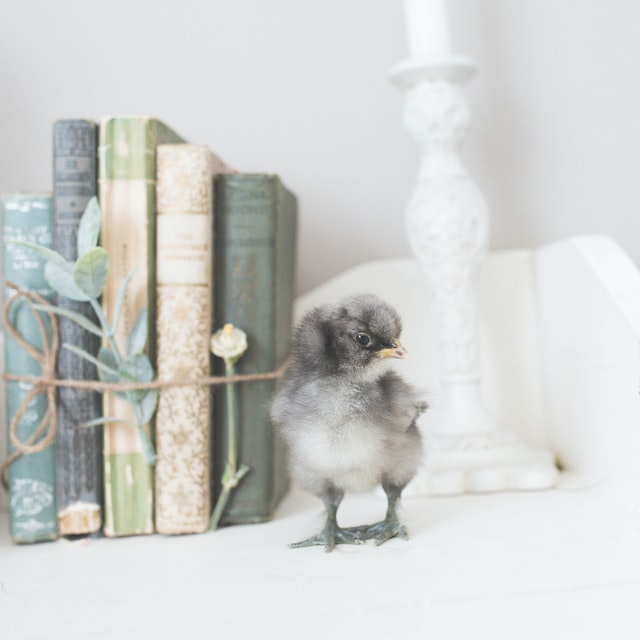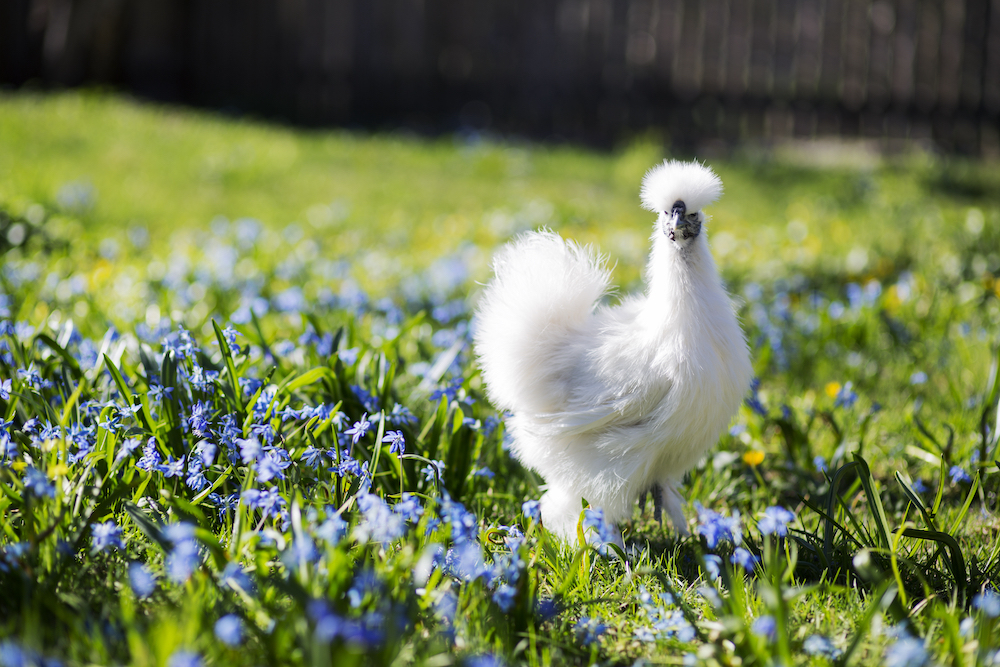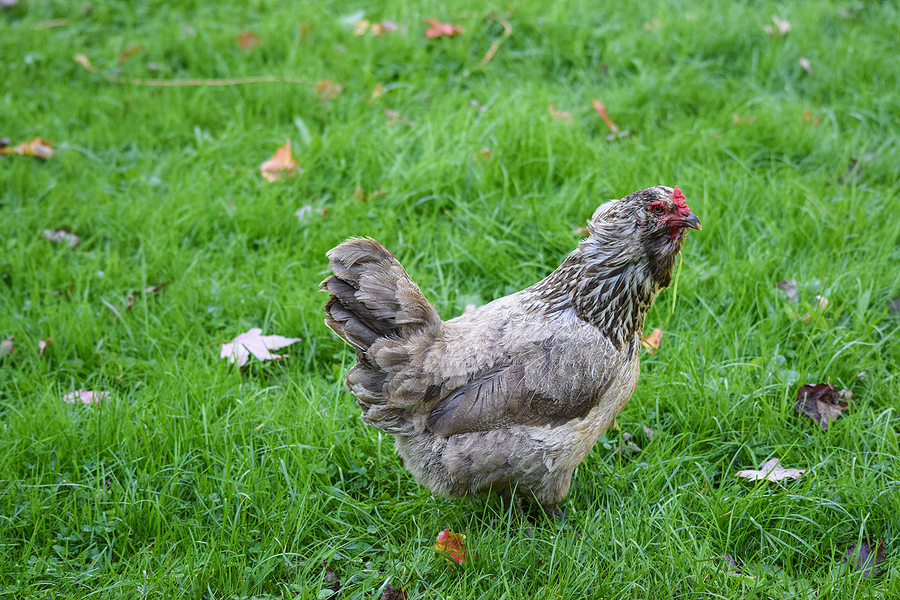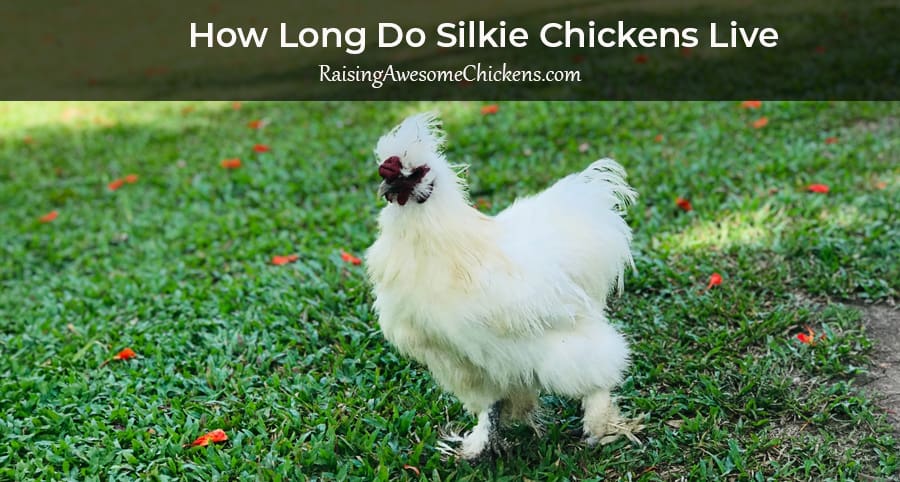Last Updated on February 9, 2024 by AwesomeChickens
Discover all there is to know about Jersey Giant chickens, including their impressive size, gentle temperament, and essential care tips.
The “Giant” part of the Jersey Giant chicken breed is not ironic. The Jersey Giant is an American breed of chicken created in — believe it or not — the state of New Jersey, in Burlington County, to be precise. True to its unironic name, the Jersey Giant is perhaps the most prominent and heaviest chicken ever, with the standard males weighing up to 15 lbs and the hens up to 11 lbs.
The main idea behind the Jersey Giant was to create a substitute for the turkey, but as we all know, it didn’t quite work out that way. Still, Jersey Giants remain popular for their friendly demeanor and other positive qualities.
Table of Contents
Breed Origins
The creators of the Jersey Giant chickens were called John and Thomas Black. As we briefly mentioned in the introduction, their purpose in creating this gargantuan chicken was to create an alternative to turkey. Demand for roasting birds was strong at the time — late 19th century — and the Blacks hoped to rival turkey producers with these giant chickens.
Unfortunately, turkey breeders were hard at work as well. Around the same time that John and Thomas Black were ready to present the Jersey Giant to the world, the turkey breeders had also developed larger and broad-breasted turkeys that, even in their somewhat smaller states, would reach 16-25 lbs depending on whether female or male. The Jersey Giant thus fell short.
Jersey Giant has an interesting genetic background. The Blacks used Black Java, Langshan, and Brahma chickens to create their new colossal breed. It’s thought that other breeds may have also been introduced to deliver specific characteristics, but it is unknown. Early in their development, they were called “Giants” and later “Black Giants” in honor of their creators. However, the official breed Jersey Giant was created in 1917.
Early Jersey Giant chickens came in a mix of colors and styles, but other breeders started standardizing the colors in the early 20th century. The above-mentioned Black Jersey Giant was the first of the breed to gain APA standard recognition in 1922. A second official color variant is the White Jersey Giant, recognized by the APA in 1947. The final official variant is the Blue Jersey Giant, admitted to the APA in 2003.
Appearance
The first thing you notice about these birds is certainly their sheer size. Besides the weight of the standard birds mentioned above, their height is impressive, with roosters standing proud at up to 26 inches and females up to 20 inches. Their bodies are fairly solid and square but can be long, too.
When standing in the sunlight, the Black Jersey Giants will have an extremely fetching green sheen on their feathers. They also have bare black legs with 4-toed feet, and most have yellow soles. White and Blue Jersey Giants have willow-colored shanks and yellow soles on their feet, and their beak is yellow. The Blue Giants may have darker legs; it varies.
Black Jersey Giants will have dark brown eyes, a black beak, a single comb, and red wattle, and their skin color will have a natural yellow hue. Their feather arrangement is tight, which helps them be more resistant to cold weather, but also helps them look their best if they’re being used as exhibition birds, which some are.
Temperament
Owners will gladly (and accurately) refer to their birds as “gentle giants” because despite some people assuming they will be bullish or aggressive due to their large size, Jersey Giants are surprisingly mellow and chilled out. They so surprise people that many owners who purchase Jersey Giants to breed some for meat end up smitten with their chickens and keep them as egg-laying pets instead.
While they are gentle, you should still be careful with your young children being around them unsupervised. They are not aggressive, but their large size could still make them scary to a younger child.
Their large build makes them hungry birds, so their feed bill may be more expensive than other breeds. Having said that, if you have a large area in which the chickens can free range, you’ll find Jersey Giants capable foragers able to supplement their diet in warmer months.
While they are naturally quite gentle towards other chickens and their owners, Jersey Giants have been known to get pretty aggressive with predators. They have good evasive skills, but there are stories of Jersey Giant roosters taking on hawks, pinning them down to the ground, and pecking them to death. They will also stand their ground against other domestic animals like dogs. In that sense, they are good defenders for a larger flock.

Egg Laying
Jersey Giants were initially bred as dual-purpose breeds, but their egg-laying is weaker than the Leghorn or Australorp breeds. On average, a Jersey Giant will deliver about three eggs a week, or 150 eggs yearly. That’s not a bad yield if you don’t need eggs for commercial selling, and if mixed in with other good layers, they’re a nice extra egg on those days when your Leghorns or Orpingtons aren’t laying.
Jersey Giant chickens have a strange sense of broodiness. Though they can go broody about as often as Orpington chickens do, they’re not great sitters because of their size. It’s not that they don’t want to sit and be good mothers- they do, their broodiness is real- but they tend to break their own eggs because of their heft. If you’ve encountered this problem, the best solution is to gently remove the Giant’s eggs and give them to another natural sitter like an Australorp, who will take care of them without breaking them. You could also use an incubator, of course.
Health Issues
The Jersey Giant doesn’t suffer from any particular illnesses, deformities, or congenital issues. One thing that can happen, however, is they can be more prone to leg injuries. The main reason for this, once again, is their large size and their dynamic nature foraging and exploring their environment. If you give them too high perches, or they get into too many scraps with predators, their large legs are somewhat vulnerable to injury. These leg injuries can also lead to pododermatitis (aka bumblefoot).
Owners should keep their Giants’ enclosure free from sharp objects on which a Jersey Giant might cut or otherwise hurt their feet. Their natural curiosity takes them jumping and leaping about in less careful ways than some of their chicken contemporaries.
Other Information to Know
Another helpful thing about Jersey Giant chickens is that they take longer to mature than many chickens. Where some breeds are already laying eggs at 18 weeks, your Jersey Giant pullets might get there at the 6-month mark. Therefore, it’s essential to be patient and wait for egg laying to start. Don’t assume that Jersey Giants laying later than expected (based on your experience with other breeds) indicates some health problem.
Their large stature makes them less suitable for the urban chicken enthusiast’s flock. They prefer a larger space to roam and forage and are likely to be unhappy in a more confined urban environment. The Jersey Giant takes time to raise and mature, whether for meat or eggs. They shouldn’t be rushed if you want the best out of them.




